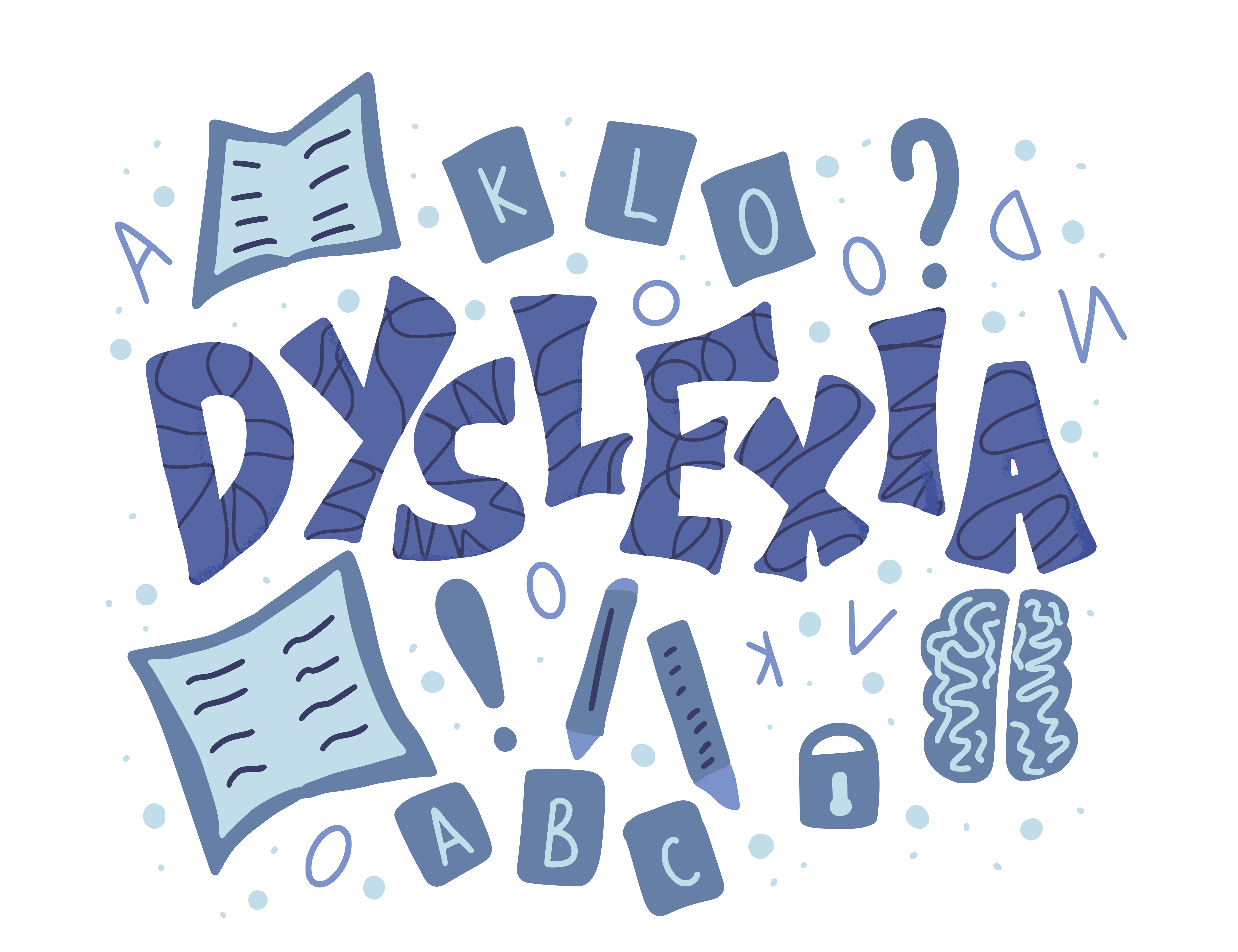This week, to honor Dyslexia Awareness Month, neuroscientist and Northwestern University professor Dr. Martha Burns presented our 5th annual webinar on updates to dyslexia research. Here are highlights from just two of the 2019 articles that Dr. Burns covered.
1. Interventions are typically not early enough.
Too many schools employ the “wait-to-fail” approach to dyslexia diagnosis, meaning they wait until children fail to learn how to read before providing them with targeted support. Sound familiar? This approach causes long-term damage to students’ education, mental health, and future economic success.
Led by Harvard researcher Dr. Nadine Gaab, Sanfilippo et al. (2019) argue for earlier dyslexia interventions. They state, “Currently, children are typically diagnosed at the end of second or beginning of third grade (and many much later), after they have already failed to learn to read over a long period of time and have fallen behind their peers academically” (p. 8).
Rather than wait until age eight or nine to diagnose and treat dyslexia, parents, teachers, and clinicians can recognize “key linguistic and pre-literacy measures…in children as young as four years old” (p. 7). The following are predictors of dyslexia to look for in young children:
- struggles in letter-sound correspondence
- struggles in pseudoword repetition (the ability to pronounce spoken nonsense words)
- struggles in identifying rhyming sounds
- struggles in rapid automatized naming (the ability to automatically retrieve the names of objects, letters, or colors)
- deficits in oral language comprehension
- deficits in receptive and expressive vocabulary (p. 7).
As she summarized these findings in the webinar, Dr. Burns claimed, “If we can get to them as 3- and 4- and 5-year-olds, and we can build up their cognitive skills—working memory and attention, build up their auditory processing skills, build up the brain’s capacity through multiple repetitions to become more plastic to sensory stimuli, then we probably could prevent a lot of the reading failures we have in schools.”
The takeaway:
Parents, teachers, and clinicians should look for predictors of dyslexia in children as early as preschool. Remediation should begin as early as possible rather than waiting for them to fail at reading.
2. Weak Auditory Relay Exists in the Dyslexic Brain.
While there is broad consensus that dyslexia is primarily an auditory disorder, rather than a visual one, its precise neural mechanisms are still unclear. Debunking the widely accepted assumption that dyslexia is caused by an atypical structure in the cerebal cortex, an international research team recently discovered a precortical processing weakness in the dyslexic brain.
In their article in the Journal of Neuroscience, Tschenstscher et al. (2019) report that, compared to neurotypical brains, dyslexic brains have underdeveloped white matter in the fiber tract that connects the left auditory thalamus (medial geniculate body, or MGB) to the auditory cortex (motion-sensitive planum temporale, or mPT).
In other words, the connective bridge between the thalamus and cortex is weak in a dyslexic brain. The thalamus is a gateway for sound to be distributed throughout the brain. Dr. Burns explained, “When you hear anything, the gateway to every part of your cortex—your sensory cortex—is the thalamus. So, the thalamus distributes the signal.”
This weakly developed structure causes difficulty in perceiving and processing rapidly changing auditory information.
The takeaways:
First, dyslexia is neurological—it is a condition that stems from underlying differences in the brain, which is not the child's fault. That means that the most effective dyslexia interventions will strengthen these specific underdeveloped areas of the brain.
Second, dyslexia is a problem of auditory processing. Successful interventions will train the brain to improve auditory processing speed that will in turn improve reading skills.
Read the full article here.
Read a summary of the article here.
We invite you to continue learning about and raising awareness of the most common learning disability with us this Dyslexia Awareness Month. Here are some suggestions:
- Watch the full webinar on-demand, “Read Their Minds: An Update on Dyslexia Research and Brain-Based Remediation” with Dr. Martha S. Burns, and share your new insights with friends and colleagues.
- Like and share this blog post.
- Subscribe to this blog for more on dyslexia and other topics.
- And most importantly, do what you can to give learners with dyslexia the encouragement, support, and resources they need!
Sources:
Sanfilippo, J., Ness, M., Petscher, Y., Rappaport, L., Zuckerman, B., & Gaab, N. (2019, September 20). Reintroducing Dyslexia: Early Identification and Implications for Pediatric Practice. PSF Preprints. https://doi.org/10.31219/osf.io/z4ryh
Tschentscher, N., Ruisinger, A., Blank, H., Diaz, B., & von Kriegstein, K. (2019). Reduced structural connectivity between left auditory thalamus and the motion-sensitive planum temporale in developmental dyslexia. The Journal of Neuroscience, 39(9), 1720-1732.
TU Dresden (2019, February 26). Neural mechanism of developmental dyslexia discovered. NeuroscienceNews. Retrieved from http://neurosciencenews.com/developmental-dyslexia-mechanism-10817/.
Related Blog Posts:
Too Many Kids with Dyslexia are Left Behind: Here’s Why
#SayDyslexia
Risks of Not Identifying Dyslexia
Understanding Dyslexia: 5 Ways to End the Homework Struggle
5 Myths about Dyslexia
How do ADD, Dyslexia, and Auditory Processing Disorder Overlap?
Are you a parent? You might also be interested in our blog for parents!


Comments
Interesting stuff for the old
Thanks for sharing your
Add new comment